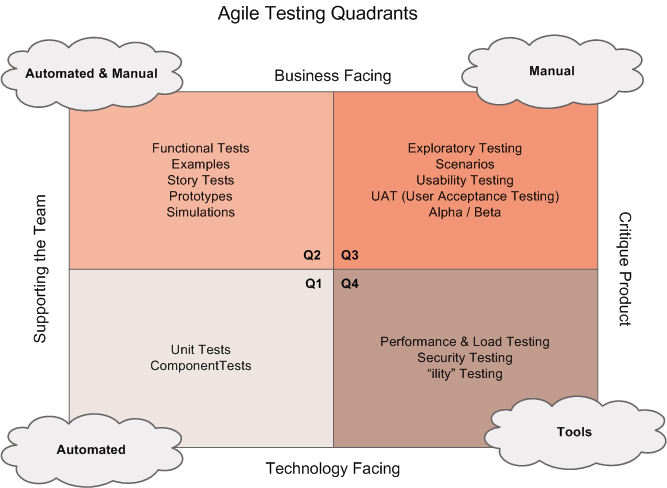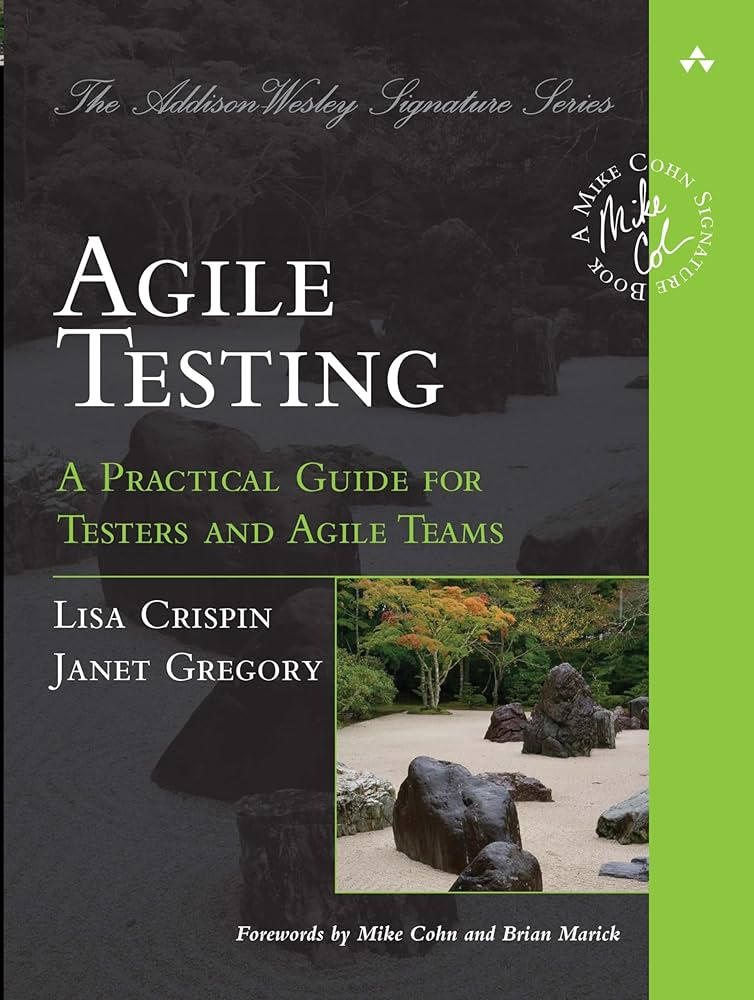A coworker shared a ThoughtWorks SlideShare presentation that introduced me to Brian Marick’s Agile Testing Quadrants model - a framework I’d never encountered before but found compelling.
The Communication Challenge
Our team is developing a problematic attitude: “We can test everything via automation. Programmers can test it all with more code.” This perspective, while understandable, misses the nuanced reality of effective testing.
The Agile Testing Quadrants provide a visual framework for communicating why different types of testing serve different purposes:

Why This Matters
Each quadrant represents testing with different goals:
- Technology-facing tests that support development (unit tests, component tests)
- Business-facing tests that support development (functional tests, story tests)
- Technology-facing tests that critique the product (performance, security tests)
- Business-facing tests that critique the product (exploratory, usability tests)
This model helps explain why automation excels in some quadrants while human judgment remains irreplaceable in others.
Next Steps
I’ve added Agile Testing: A Practical Guide for Testers and Agile Teams to my reading list:

Exposing teams to models like this should help accelerate understanding of human testing’s value. Change takes time, but clear frameworks make the conversation more productive.